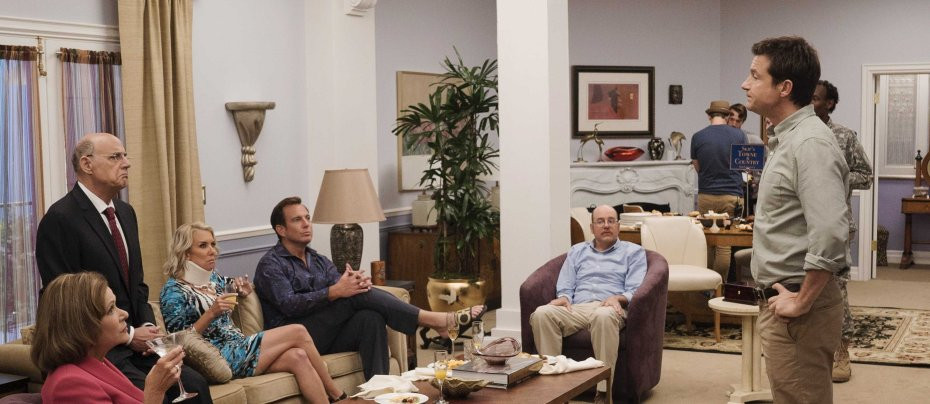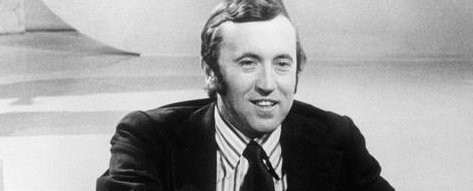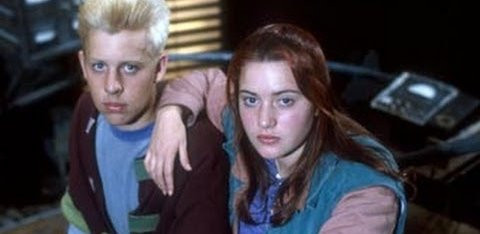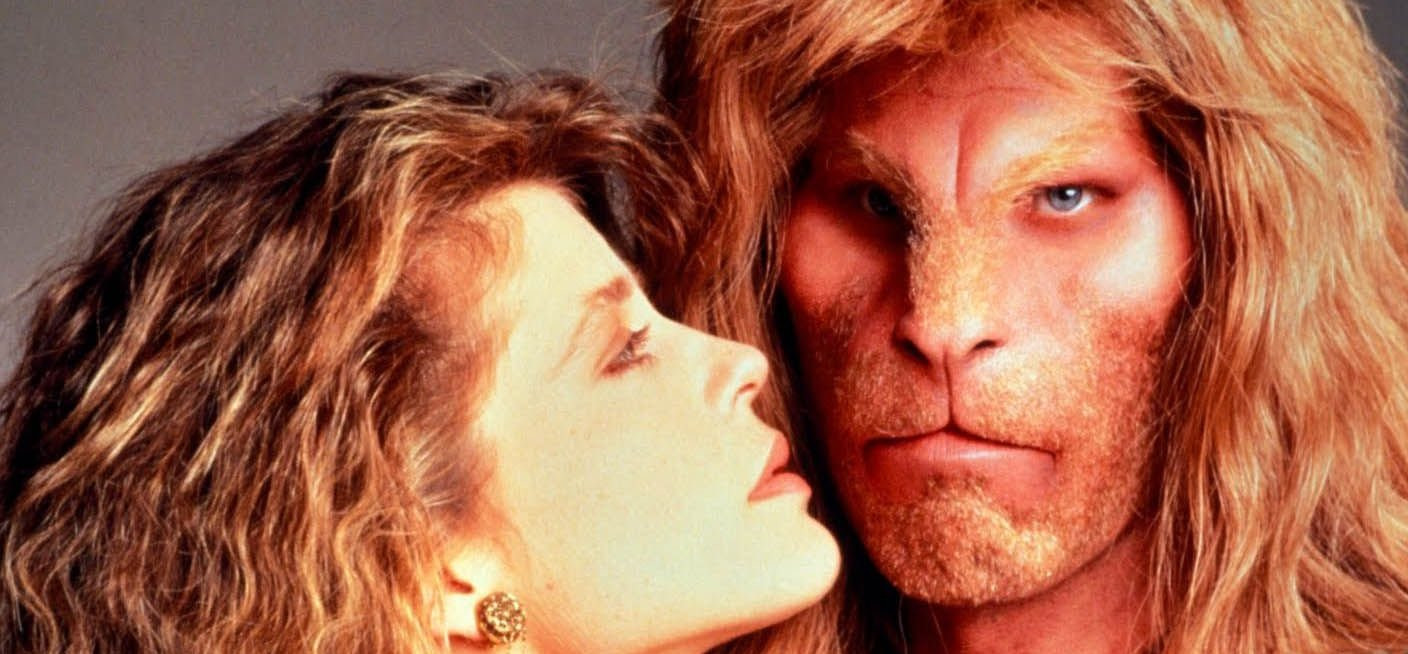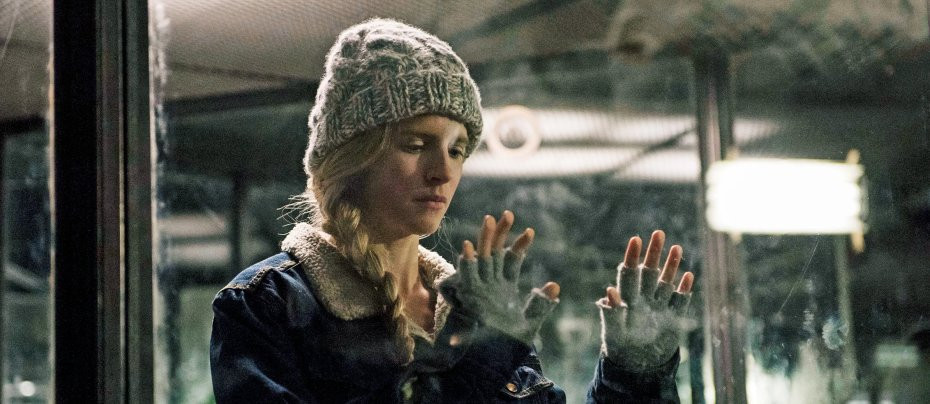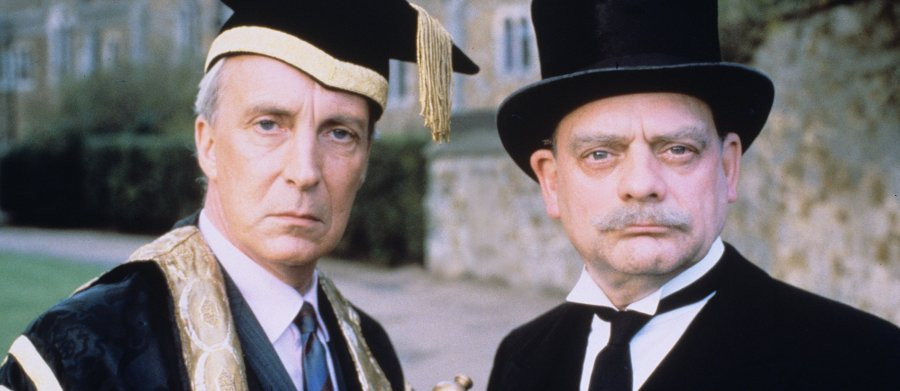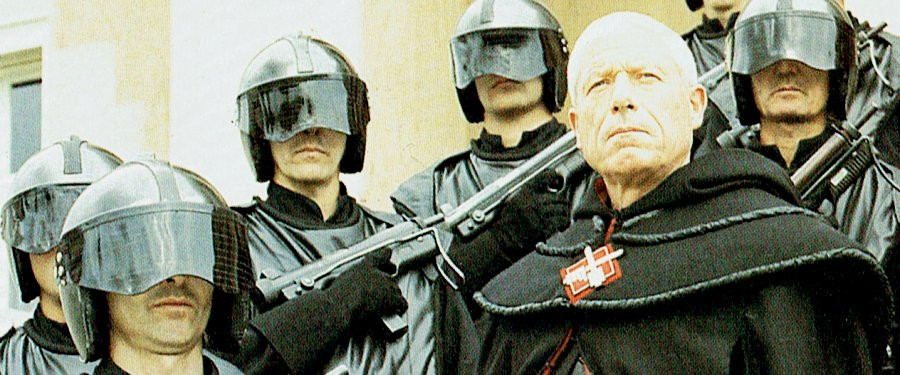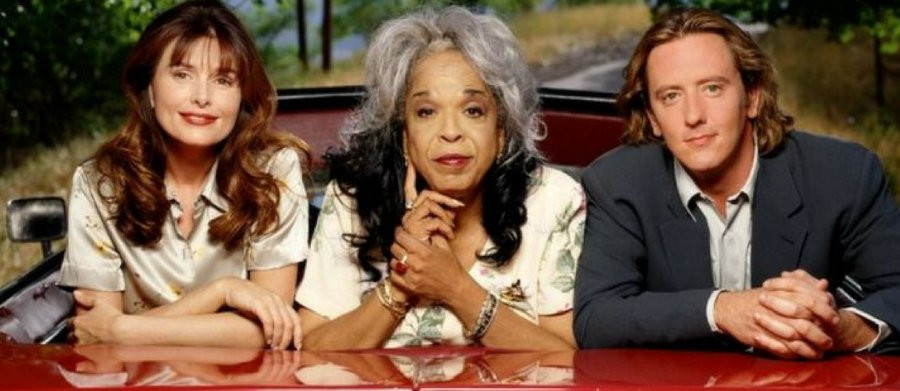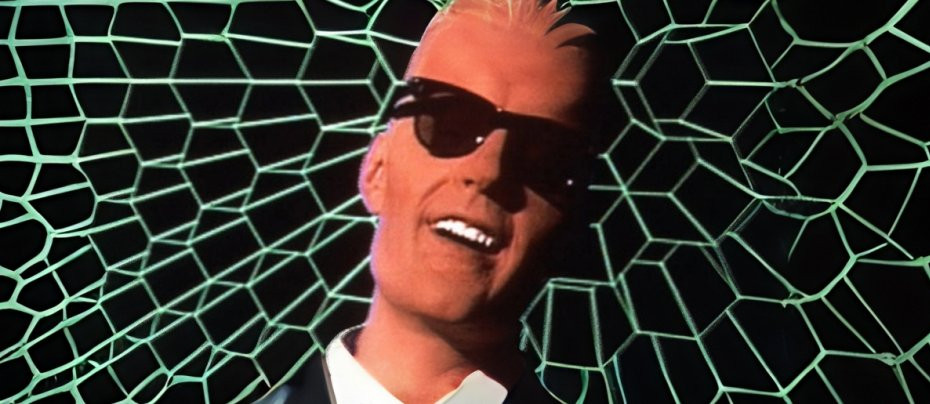
Max Headroom
1987 - United StatesSet "20 minutes into the future," Max Headroom inhabits a dystopian world where television networks wield immense power, and the line between news and entertainment is blurred. The protagonist, Edison Carter (Matt Frewer), is a hard-nosed investigative journalist working for Network 23, one of the most influential media conglomerates. His digital alter ego (Headroom), is born from a near-fatal accident that results in Carter’s consciousness being uploaded into a computer, creating a snarky, irreverent AI persona known for his stuttering delivery and cynical wit.
Although the series was produced in the United States it began life as a 1985 television film, Max Headroom: 20 Minutes into the Future, created by British company Chrysalis Visual Programming Ltd. for Channel 4. The film was created to provide a backstory and origin for the character Max before he started appearing regularly as host and veejay of a new music video programme on Channel 4, The Max Headroom Show. Following its cancellation, American network ABC commissioned Chrysalis to produce a new dramatic television series based on the characters, concepts, and world established in the film.
The series epitomized the era in which it was made, capturing the zeitgeist of the late 1980s in several key ways. This was a time of rapid technological advancement and increasing integration of computers and digital technology into everyday life. Headroom tapped into both the excitement and the anxiety surrounding these changes. The show's depiction of a world dominated by screens, computers, and digital personas resonated with contemporary audiences who were just beginning to grapple with the implications of the digital revolution. The creation of Max Headroom himself, a computer-generated character, was groundbreaking and highlighted the era's fascination with artificial intelligence and virtual reality.
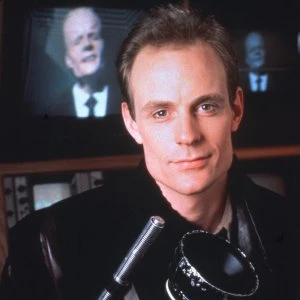
The aesthetic of Max Headroom was quintessentially cyberpunk, a subgenre of science fiction that emerged and gained popularity in the 1980s. Characterized by its gritty, neon-lit urban environments, themes of technological dystopia, and anti-corporate sentiment, cyberpunk was a perfect fit for the show’s setting and narrative. Headroom embraced this style, with its dark, cluttered visuals and a world that felt both futuristic and decayed, capturing the look and feel of cyberpunk classics like William Gibson’s Neuromancer and Ridley Scott’s Blade Runner. Ironically, though, Headroom wasn't computer generated! Frewer was fitted with latex prosthetics and his image, and the ever-changing backgrounds he appeared in front of, were manipulated electronically. Preparing the look for filming involved a four-and-a-half-hour session in makeup, which Frewer described as "gruelling" and "not fun", likening it to "being on the inside of a giant tennis ball".
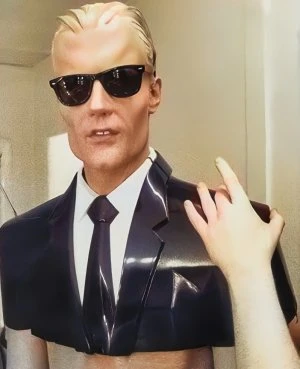
Despite the show's short run (2 series) Headroom himself became a cultural icon, symbolizing the intersection of technology and media. The character's rapid-fire yet stuttering presenting style and his glitchy persona was a perfect encapsulation of the era's ambivalence towards computers and artificial intelligence. Max’s presence in commercials, music videos, and various media appearances outside the show underscored his status as a symbol of the 1980s when the potential—and the pitfalls—of the digital age were just beginning to be understood.
As Carter, Matt Frewer embodied the determined, morally driven journalist fighting against systemic corruption. In contrast, as Max, he delivered a performance that is both comical and thought-provoking, using the character's digital nature to highlight the absurdities and contradictions of the media world.
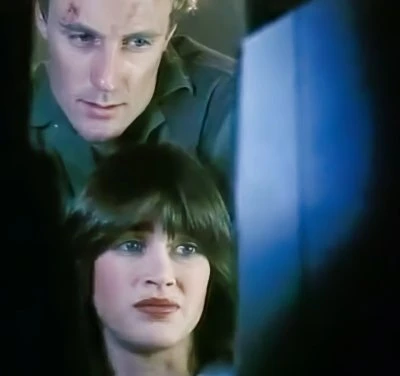
The supporting cast adds depth to the narrative. Amanda Pays plays Theora Jones, Carter's resourceful and loyal controller, providing a human counterbalance to the show’s technological themes. Jeffrey Tambor as Murray, Carter’s producer, adds a layer of complexity, often caught between ethical journalism and the network’s demands.
In today’s world, Max Headroom’s themes are more relevant than ever. The show's concerns about media control, corporate power, and the blurring of news and entertainment resonate strongly in the age of social media, fake news, and corporate conglomerates dominating the information landscape. Max's warnings about the dangers of unchecked technological advancement and media manipulation have proved prescient, making the character a timeless figure in discussions about digital ethics and media responsibility. Whether through nostalgic reverence, academic study, or potential revivals, Max Headroom’s legacy endures, reminding us of the complex relationship between technology, media, and society.
Seen this show? How do you rate it?
Seen this show? How do you rate it?
Published on August 5th, 2024. Written by Mark Turner-Box for Television Heaven.



